Indoor Plumeria Care – How To Grow Plumeria Plants Indoors
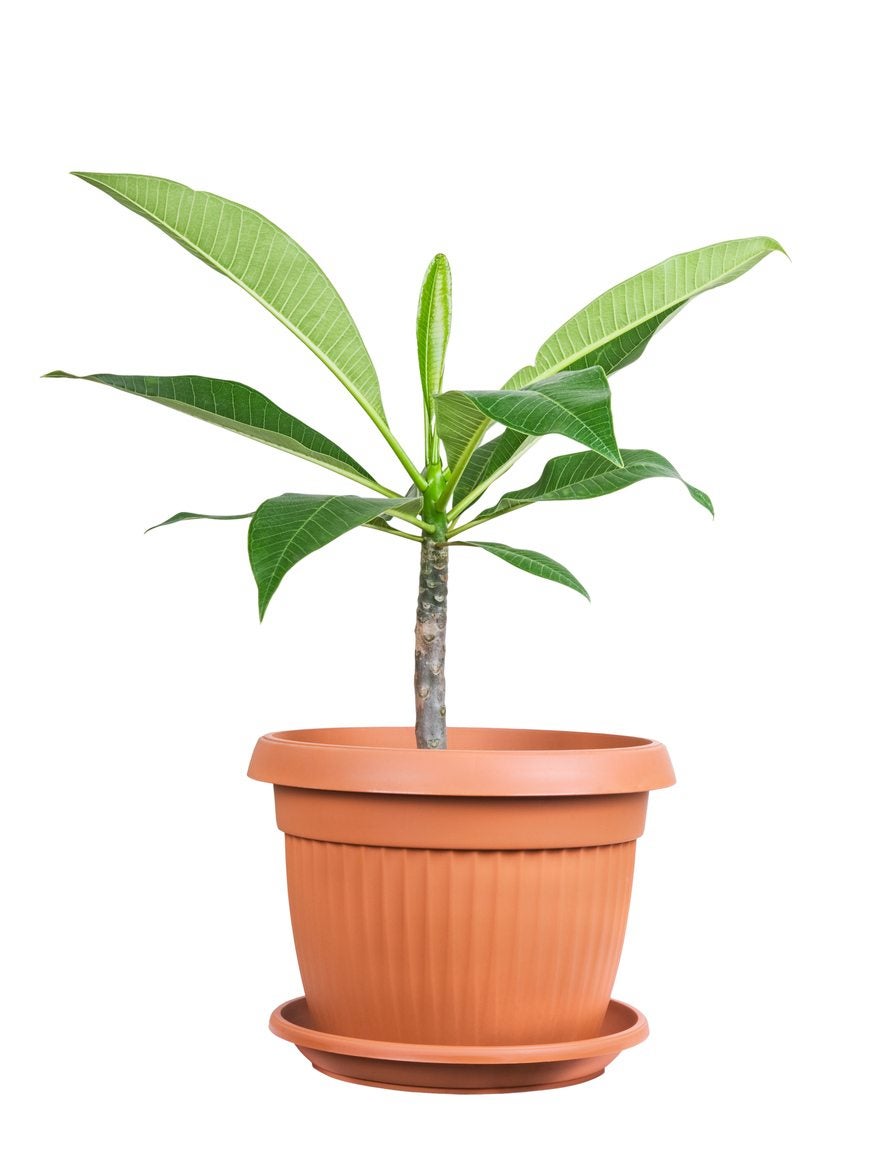
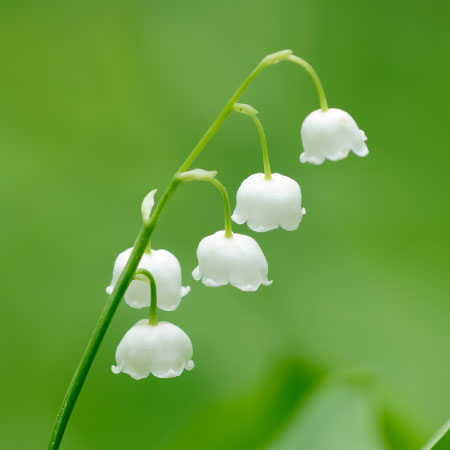
You’ve just gotten back from an unforgettable vacation to Hawaii and want to recapture the feeling of being in that tropical paradise. One vivid memory you have is of the intoxicating smell and beauty of the lei that was lowered onto your neck upon arrival. Now what were the flowers in that lei – that’s right – it was plumeria (also known as Frangipani)!
These flowers enchanted you at every turn on the Hawaiian landscape. You want to grow plumeria at home but feel geographically disadvantaged because you don’t live in the right planting zone (zone 9-11). Can you grow plumeria inside though? What is required for indoor plumeria care? Read on to learn more.
Can You Grow Plumeria Inside?
Yes, you can, and this article will explain the basics of how to grow plumeria plants indoors year-round. You can obtain potted plumeria plants at your local nursery or propagate your own from cuttings.
Make sure your plants or cuttings are potted with a coarse well-draining potting mix. A cactus mix, in particular, should fit the bill. However, you may prefer to concoct your own mix. Everyone seems to have their own creative plumeria blend, but a simple mix of equal parts peat and perlite should be more than sufficient.
Your goal in growing plumeria indoors should be to emulate their natural habitat as close as you can in order to help them grow and flower throughout the year. The following tips on how to grow plumeria indoors will assist you with this goal.
How to Grow Plumeria Plants Indoors
Place your plumeria in a sunny window that receives bright light (direct sunlight) four to six hours per day. South-facing windows should be strongly considered because they provide the brightest light for the longest duration.
Some people even go to the lengths of moving their plants throughout the day to meet the lighting requirement. Don’t have a great window spot for your plumeria? Don’t despair – you can always try growing plumeria indoors under a fluorescent light for 14 to 15 hours daily.
Gardening tips, videos, info and more delivered right to your inbox!
Sign up for the Gardening Know How newsletter today and receive a free copy of our e-book "How to Grow Delicious Tomatoes".
Given that plumeria is a tropical plant, temperature is another consideration. Maintaining an indoor temperature of 65 to 80 degrees F. (18-27 C.) would be ideal. When watering potted plumeria plants, water them deeply.
However, be sure to let plumeria dry out between waterings because the plants do not like wet feet. Root rot is not a good thing folks! Your plumeria will also appreciate a little humidity, courtesy of a morning and bedtime mist on its leaves.
Plumeria are considered heavy feeders. To help encourage plumeria blooms, use a fertilizer low in nitrogen and high in phosphorus at least once every two weeks from spring through fall. Please note that it can be tricky to get a frangipani to bloom despite your best efforts.
Additionally, a plumeria has to be at least two to three years old before it is mature enough to bloom. Plumerias require very little in the way of pruning. Pruning is only needed to remove dead or dying branches and to shape the plant, if desired. Indoor plumeria care should also include routinely checking and treating for possible insect infestations – spider mites, in particular, are a common affliction of indoor plumerias.
Neem oil is always good to have on hand for treating insect issues as they arise. Be aware that a plumeria grown indoors year-round is not completely impervious to entering dormancy. It could still be triggered by some environmental factor, for example, a change in the lighting or temperature.
When dormancy is triggered, a plumeria will lose it leaves. While the focus of this article was on growing plumeria indoors year-round, you can, as many people do, set your plant outdoors during the warmer months. Just be sure to bring it back indoors when the temperatures begin to drop to 55 degrees F. (13 C.) or below.

Shelley Pierce was a writer for Gardening Know How, contributing to hundreds of articles for the site.
-
 Looking For Plants To Give You The Soft And Fuzzies? Try These 5 Fuzzy Leaf Plant Options
Looking For Plants To Give You The Soft And Fuzzies? Try These 5 Fuzzy Leaf Plant OptionsLovers of texture, drama, silver foliage and tactile plants will adore these special sensory garden additions. These fuzzy leaf plant options will leave you all aglow
By Susan Albert
-
 Get Ready For A Summer Of Hummers! Grow These Full Sun Hummingbird Plants and Flowers
Get Ready For A Summer Of Hummers! Grow These Full Sun Hummingbird Plants and FlowersIf you’re lucky enough to enjoy a sunny backyard, make sure you are maxing out on your pollinator opportunities and grow these full sun hummingbird plants and flowers
By Tonya Barnett
-
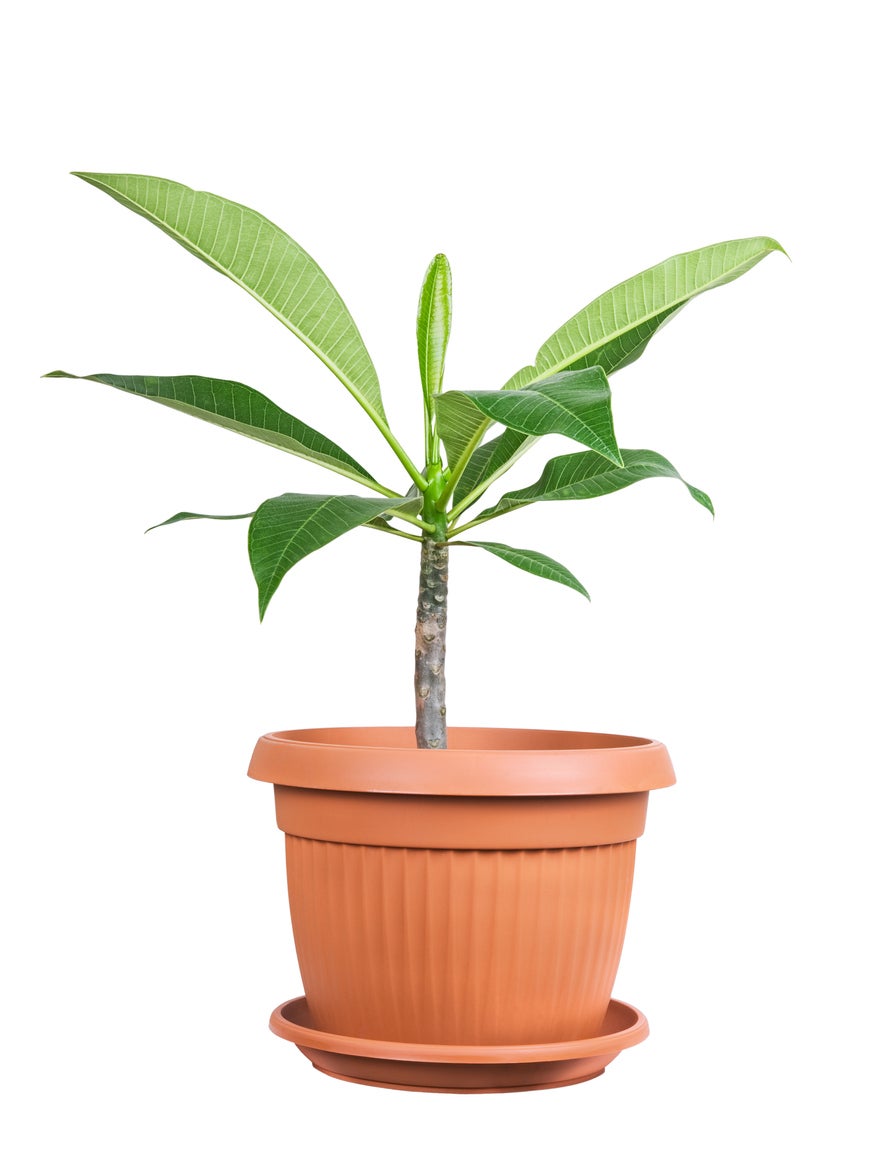 Plumeria Repotting Guide – Tips On When To Repot Plumerias
Plumeria Repotting Guide – Tips On When To Repot PlumeriasGrowing plumeria in a container requires repotting a plumeria yearly, in most cases. This encourages optimum growth and beauty. Plumeria repotting is not complicated, requiring a gentle touch and clean pruners. Take a look at the specifics in this article.
By Becca Badgett
-
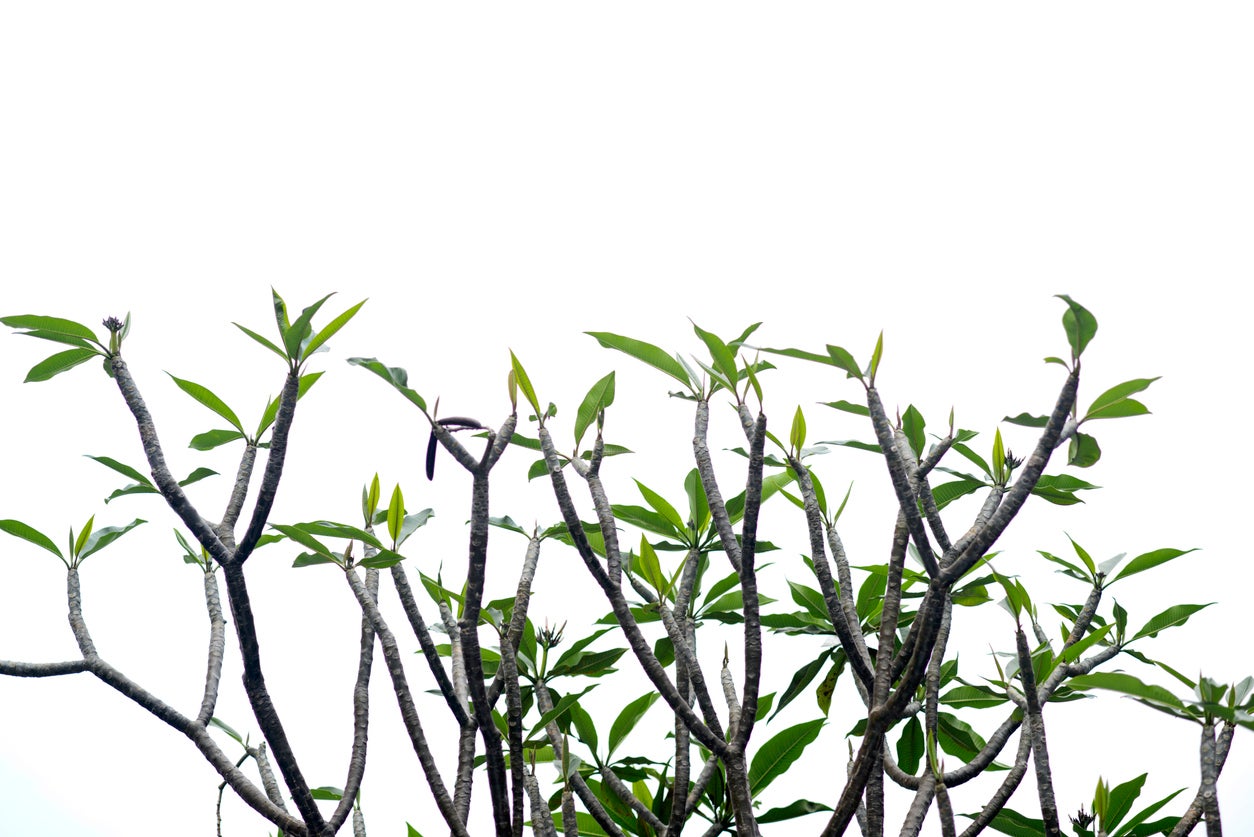 Making A Plumeria Branch: How To Encourage Plumeria Branching
Making A Plumeria Branch: How To Encourage Plumeria BranchingAlthough plumerias are surprisingly easy to grow, they can become lopsided or spindly. If your goal is to encourage plumeria branching, thus creating a fuller, balanced plant with more blooms, pruning is the way to go. Learn how to get plumeria to branch in this article.
By Mary H. Dyer
-
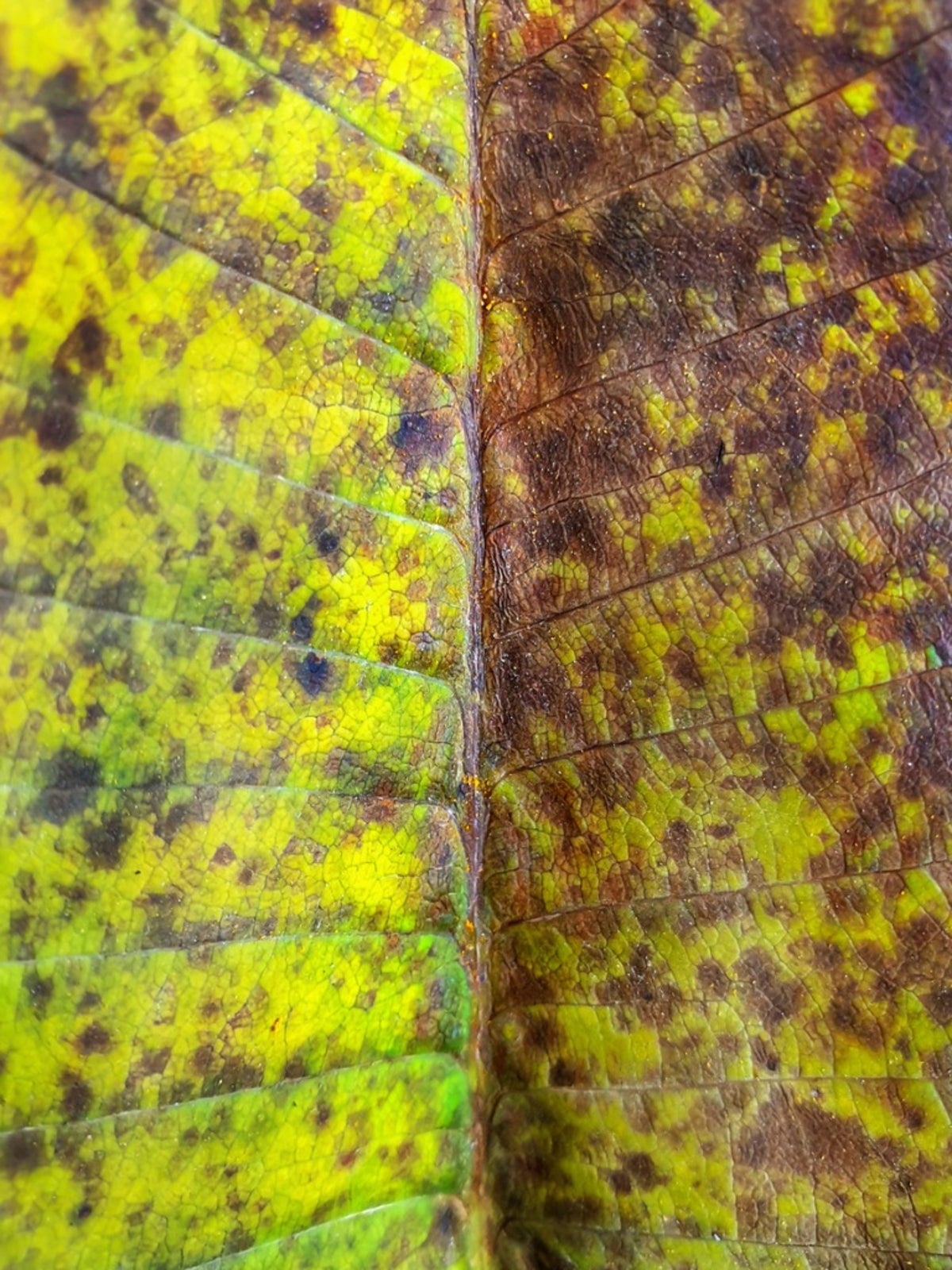 Plumeria Rust Fungus: How To Treat Plumeria Plants With Rust Fungus
Plumeria Rust Fungus: How To Treat Plumeria Plants With Rust FungusAlthough fungal diseases can happen anywhere, warm, humid tropical regions are especially favorable for fungal growth. Plumeria rust fungus is a disease that is specific to plumeria. Learn more about rust on plumeria plants in this article.
By Darcy Larum
-
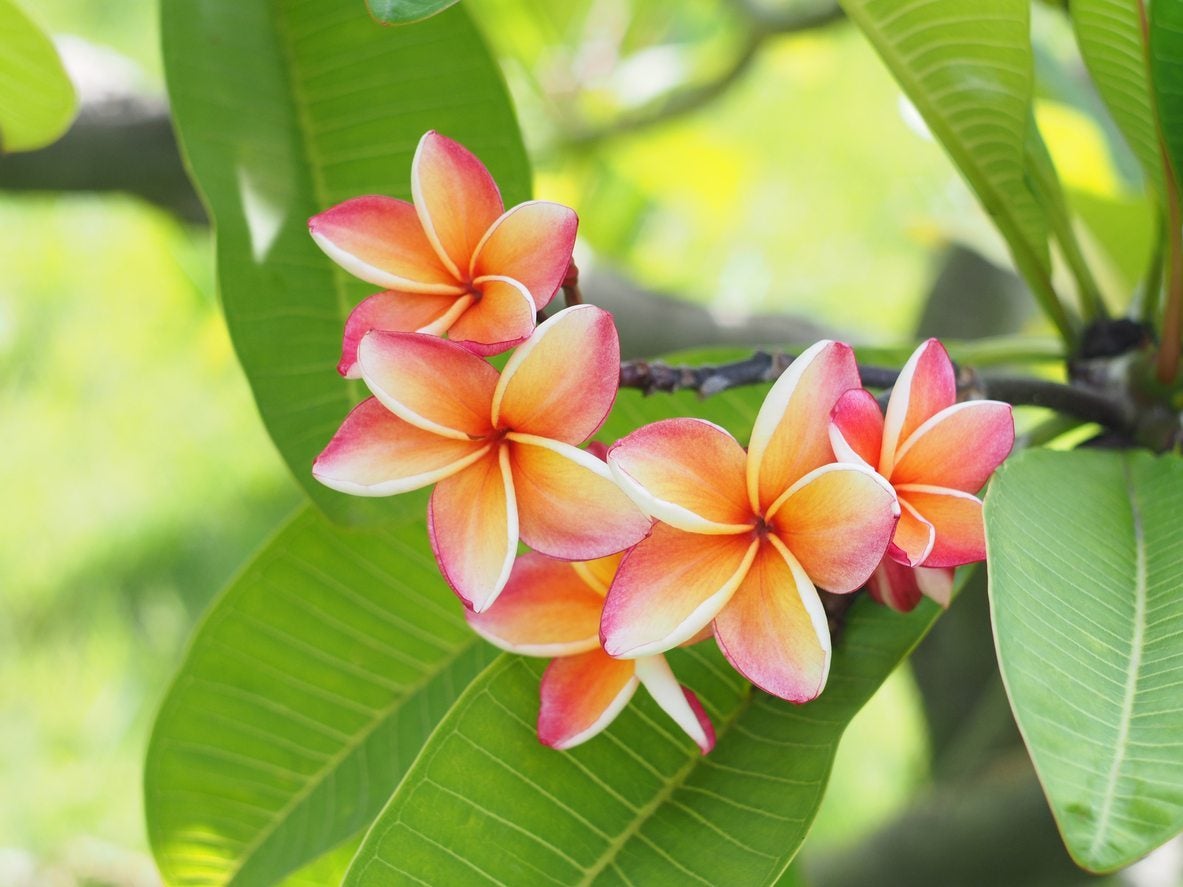 Moving Plumeria Plants : How And When To Move A Plumeria
Moving Plumeria Plants : How And When To Move A PlumeriaPlumeria can develop into large bushes with extensive root systems. Transplanting mature plants may be difficult, but transplanting a plumeria cutting is easy. Knowing when to move a plumeria is also an important aspect. This article will help with that.
By Bonnie L. Grant
-
 Plumeria Pest Problems – Learn About Pest Control For Plumerias
Plumeria Pest Problems – Learn About Pest Control For PlumeriasPlumerias are colorful and rewarding garden or patio plants. As with any plant, especially when it is stressed, you may have plumeria pest problems. On a positive note, common plumeria pests can be controlled with simple or organic treatments. Learn more here.
By Gardening Know How
-
 Plumeria Cutting Propagation – How To Grow Plumeria Cuttings
Plumeria Cutting Propagation – How To Grow Plumeria CuttingsPlumeria is a tropical and subtropical flowering plant that's very popular for its fragrance and for its use in making leis. Plumeria can be grown from seed, but it can also be propagated extremely well from cuttings. This article can help with that.
By Liz Baessler
-
 Plumeria Bud Drop: Why Are Plumeria Flowers Dropping
Plumeria Bud Drop: Why Are Plumeria Flowers DroppingIt can be upsetting to see plumeria flowers falling off or buds dropping before they open. This article provides information about plumeria flower drop and other problems with plumeria. Click here to find out why flower drop occurs and how to fix them.
By Teo Spengler
-
 Seed Pods On Plumeria – When And How To Harvest Plumeria Seeds
Seed Pods On Plumeria – When And How To Harvest Plumeria SeedsSome plumeria are sterile but other varieties will produce seed pods that look similar to green beans. These seed pods will split open, dispersing 20-100 seeds. Click here to learn about harvesting plumeria seed pods to grow new plants.
By Darcy Larum